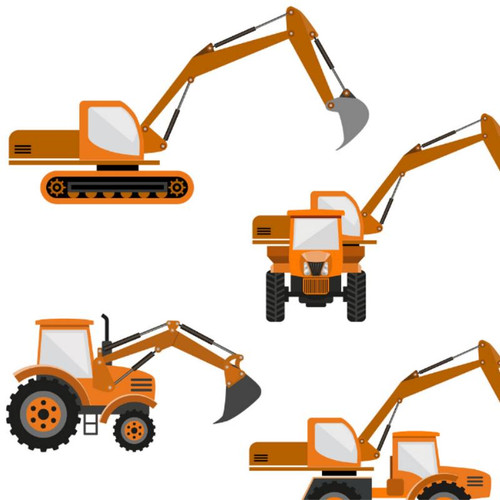Fencing tasks involve a range of activities, including planning, measuring, and constructing fences using various materials such as wood, metal, vinyl, and glass. Common fencing tasks include:
- Installing new fences
- Repairing and maintaining existing fences
- Removing old fences
- Working with power tools and equipment
- Handling heavy materials and equipment
These tasks come with various hazards, including:
- Physical hazards like sharp objects, heavy materials, and falling objects
- Environmental hazards such as adverse weather conditions and challenging site conditions
- Health hazards including musculoskeletal injuries and illnesses from exposure to hazardous materials
Recognising and mitigating these hazards is crucial to ensure the safety of all workers involved in fencing operations.






